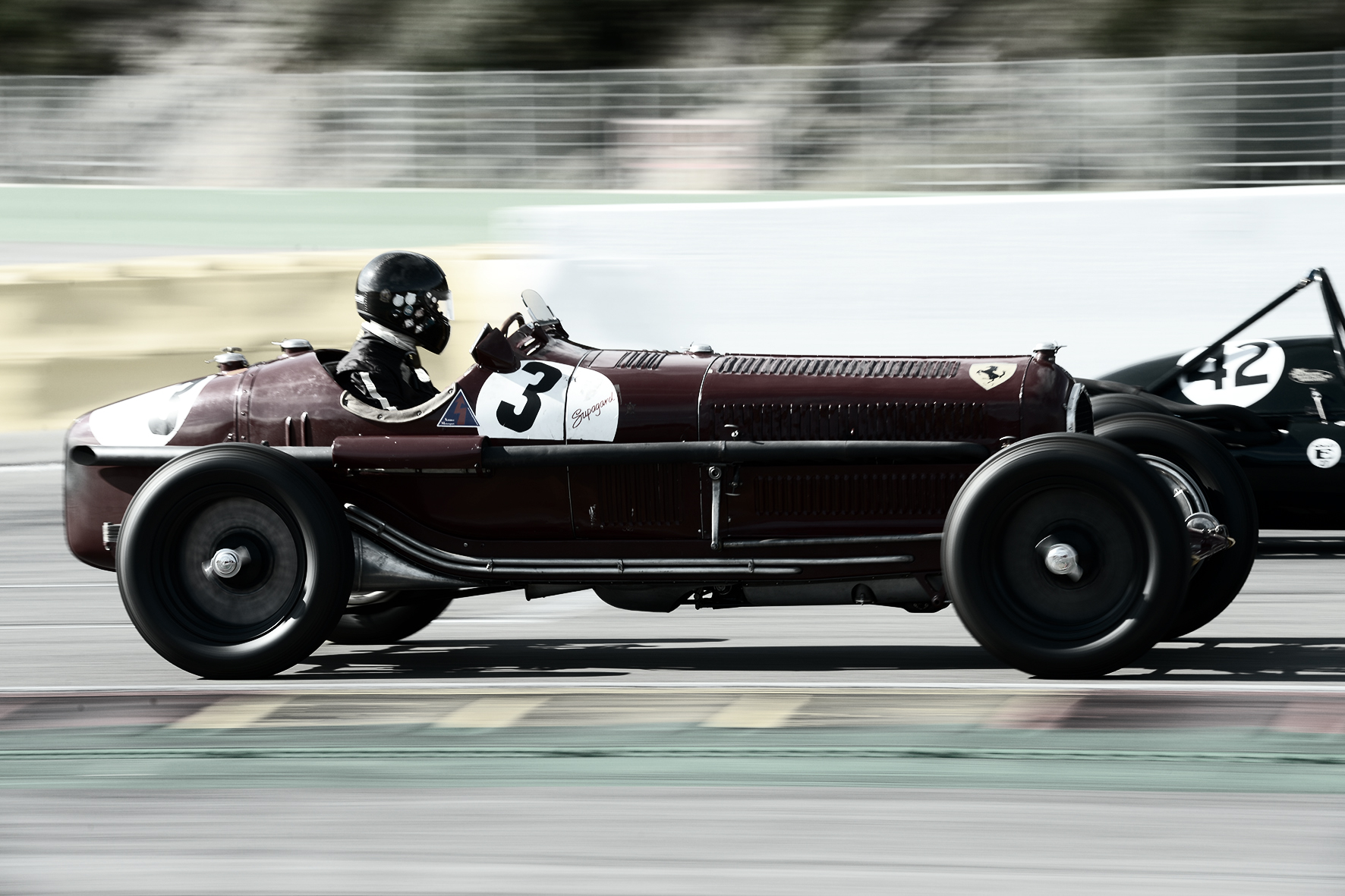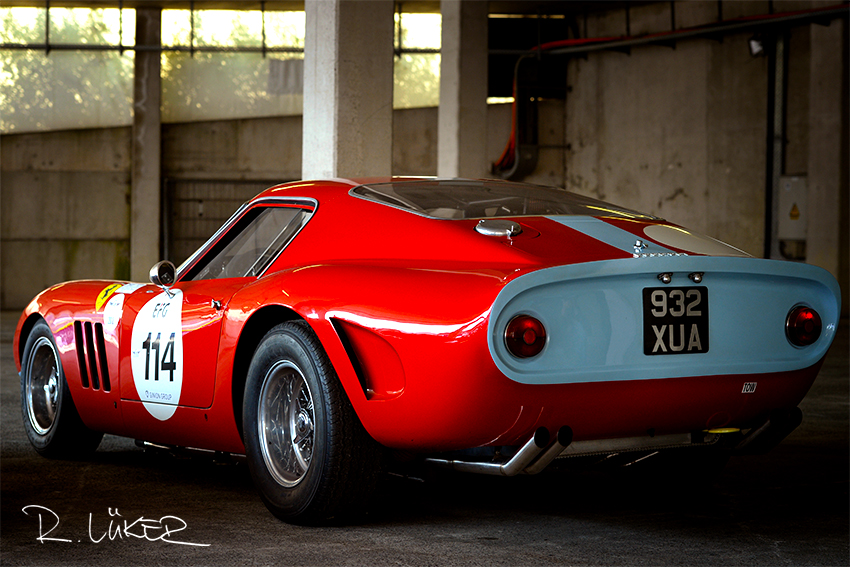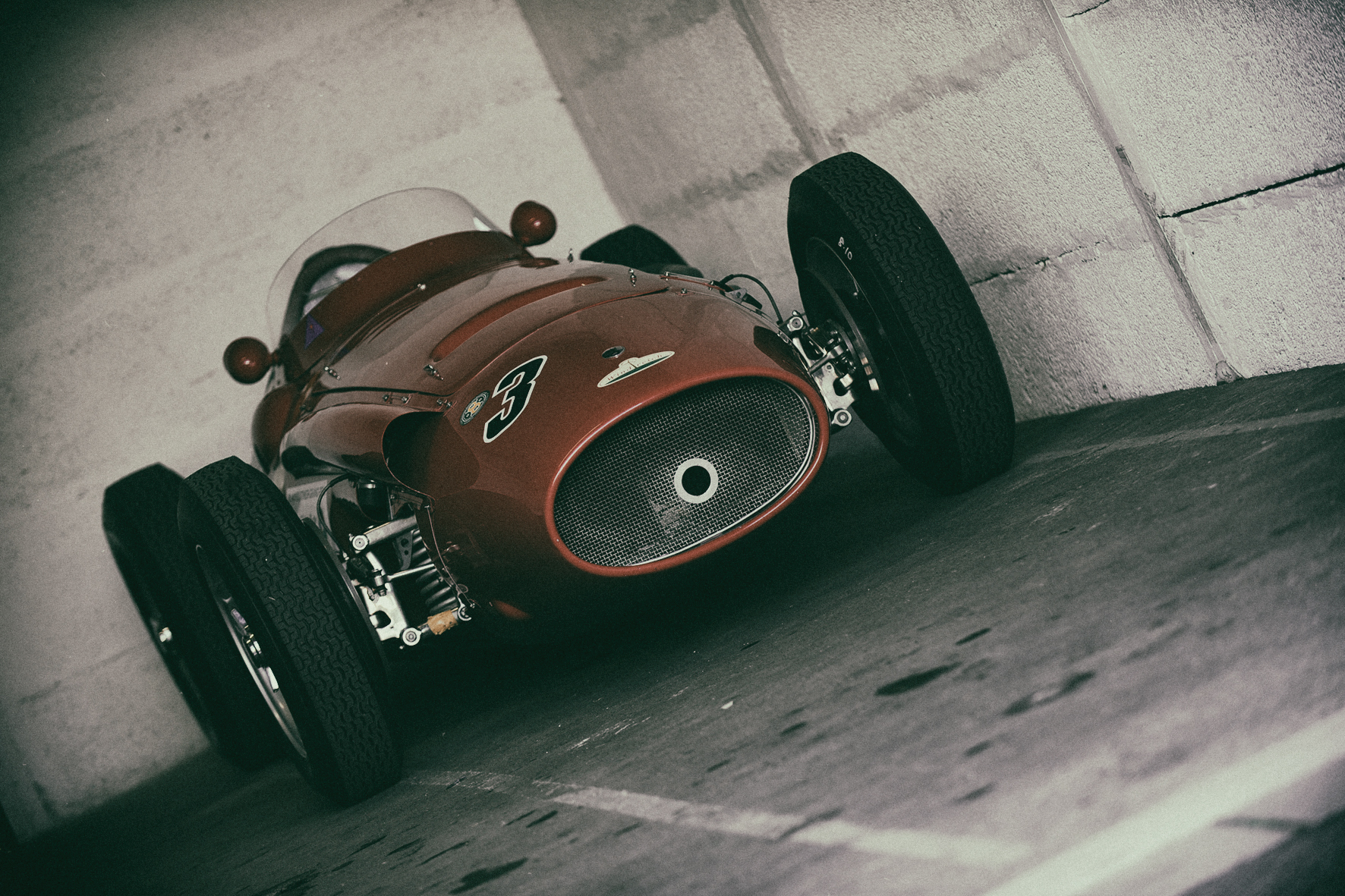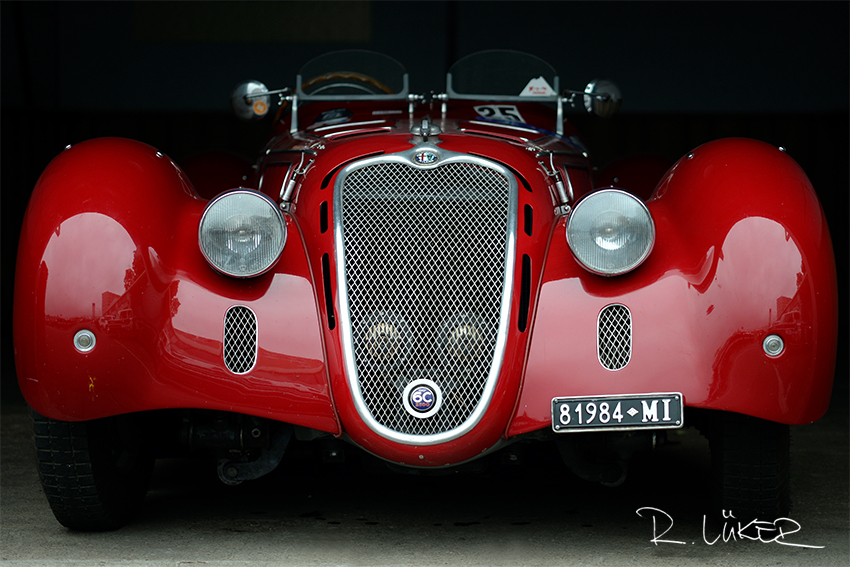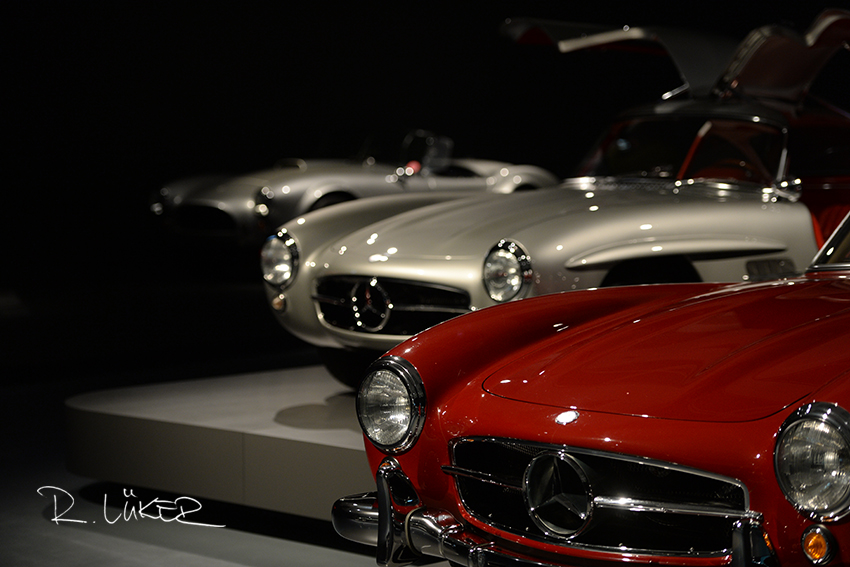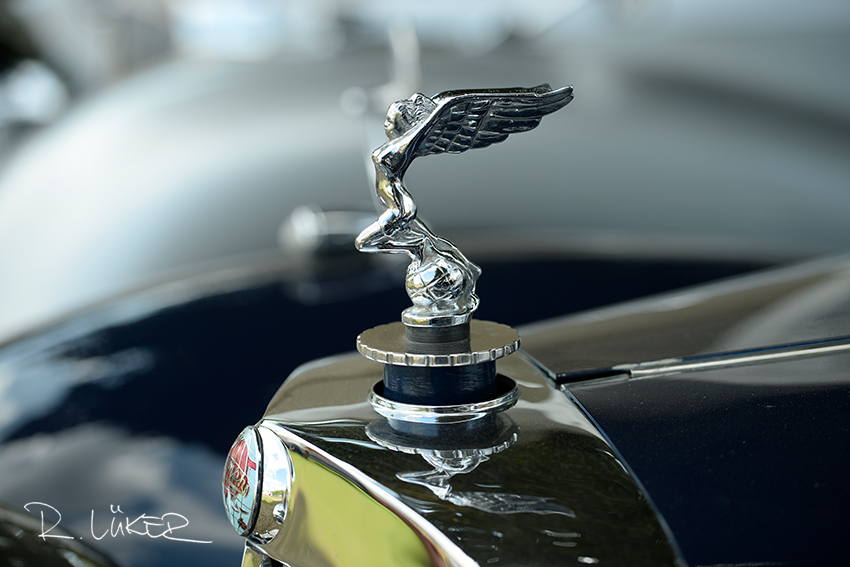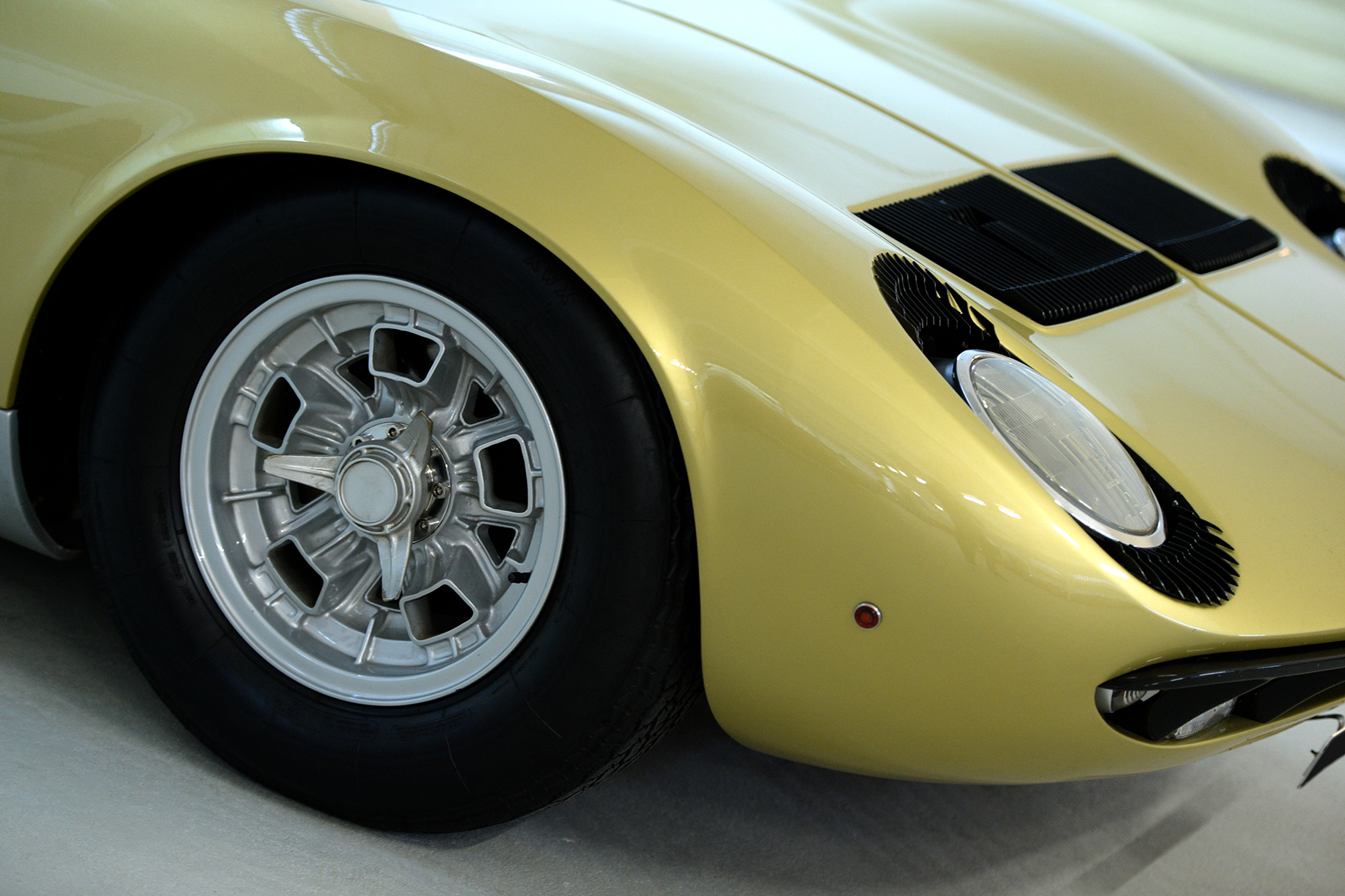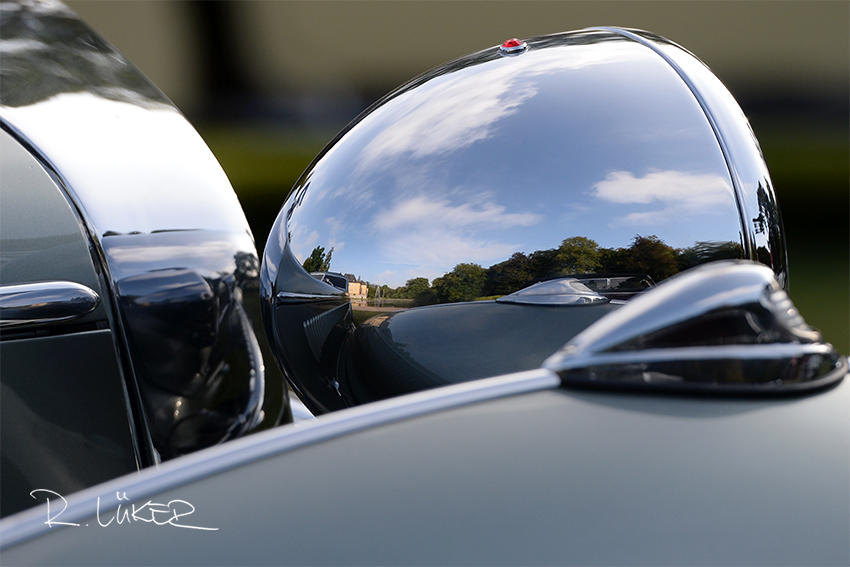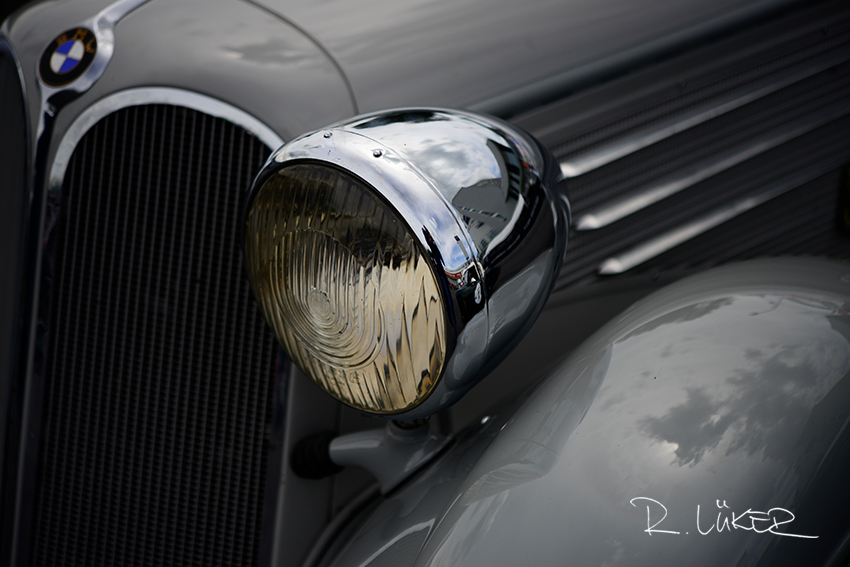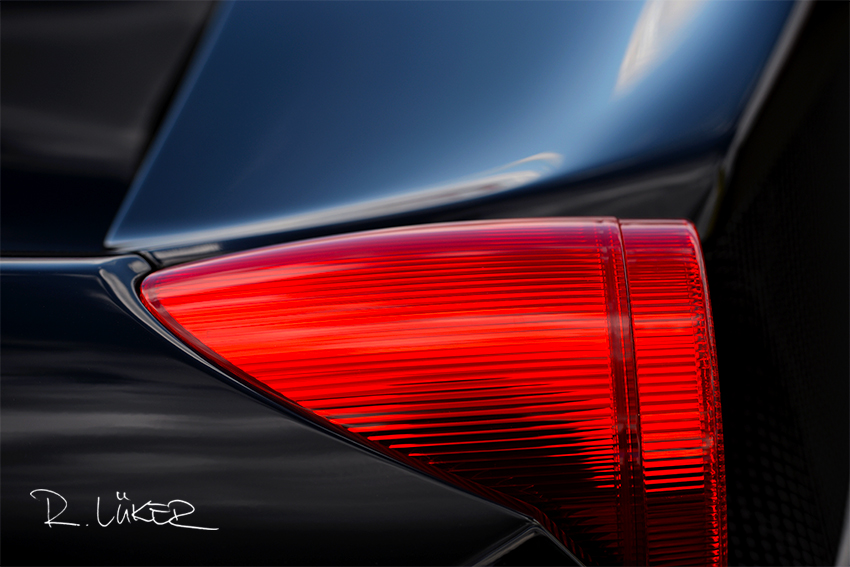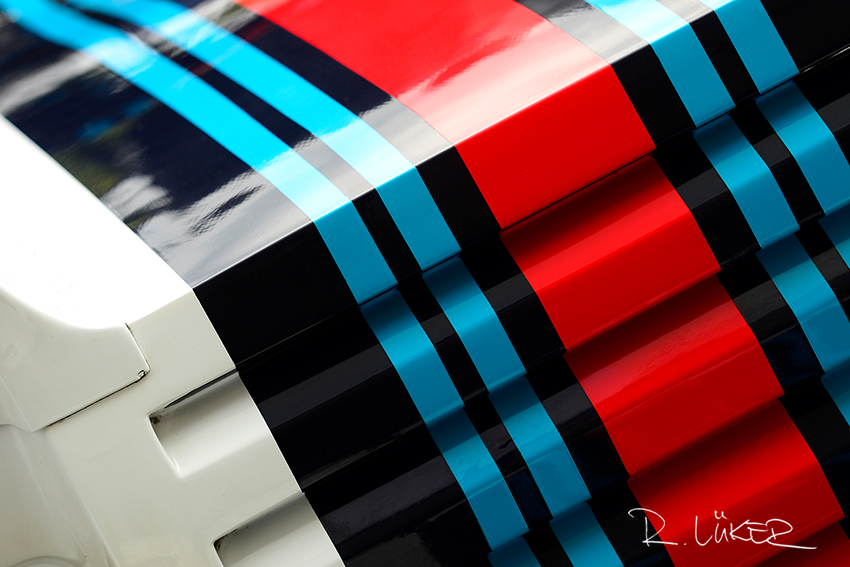Collector cars are widely regarded as works of art due to their aesthetic beauty, cultural significance, and the craftsmanship involved in their creation. They possess unique and captivating designs that showcase the creativity and vision of their designers.
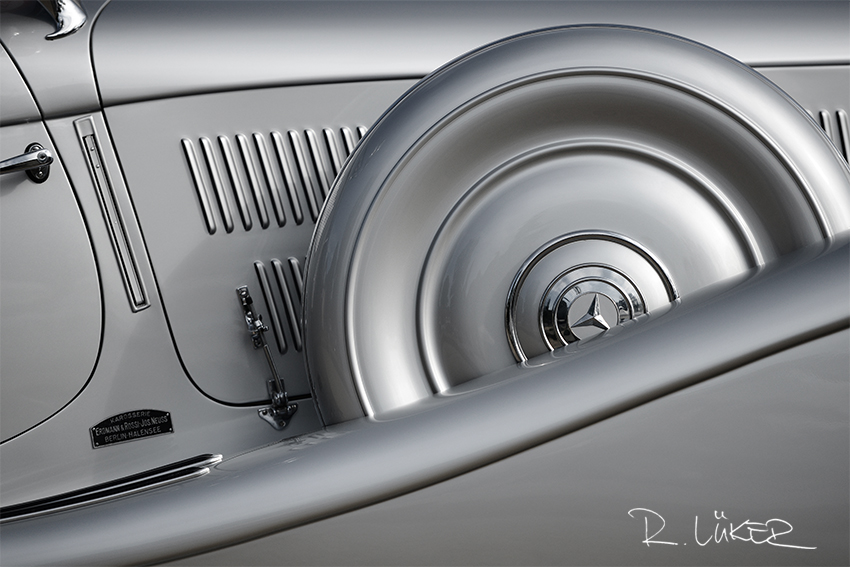
The classic car market has outperformed other luxury rivals like wine, watches and art in the last years. According to Knight Frank’s wealth report the classic cars market has risen in value by 185% and there is no direct correlation to mainstream portfolio assets such as stocks and bonds. The reason for this great performance is the fact, that the number of wealthy people is rising , new regions like the Mid East or Asia are coming into the hobby and in 2022 alone the value of classic cars grew by ca. 25%. Hagerty , the specialized classic vehicle insurer and an important voice in the market estimates the total market in the meantime at 80 Billion $ collector vehicle transactions per year including the raising number of online auctions and all private sales.

The global race to electrification will turn rare collector cars into cult objets and will only serve to heighten interests in these relics of a vanishing era . Real and rare collector cars – of course not the average Youngtimers or mainstream classics with high production numbers – will be regarded as works of art with a great fun factor to own and drive.
Here are some reasons why collector cars are considered pieces of art
Design Excellence: Collector cars often feature elegant and timeless designs that evoke a sense of beauty and harmony. From the graceful curves of a vintage Aston Martin to the sleek lines of a Shelby Cobra or Ferrari , these vehicles are carefully sculpted to create visually appealing forms. The attention to detail in every aspect, including the exterior, interior, and even the smallest components, demonstrates the artistic intention behind their creation.

Historical Significance: Collector cars serve as cultural artifacts and reflect the historical context in which they were produced. They represent the technological advancements, design trends, and societal values of their respective eras. They can be seen as symbols of progress, innovation, and style, encapsulating a specific moment in time. Collector cars often carry stories and narratives that contribute to their artistic value.
Craftsmanship and Materials: Collector cars are meticulously crafted using high-quality materials and traditional manufacturing techniques. Skilled artisans and engineers meticulously hand-assemble these vehicles, paying attention to every detail to ensure precision and beauty. From the luxurious leather upholstery to the polished wooden dashboards, classic cars exhibit a level of craftsmanship that is often associated with fine art.

All classic cars are made to last and they reflect a good attitude of not buying new and not wasting raw materials. And driving a classic car for a few hundred miles per year is hardly polluting the environment: Half as many emissions as the use of a smartphone per year !
Emotional Connection: Collector cars evoke strong emotions and nostalgia. They hold sentimental value for many people who have fond memories associated with these vehicles. Owning or experiencing a classic car can be a deeply personal and emotional experience, akin to appreciating a piece of art. The emotional connection that people have with classic cars adds to their artistic allure.
Collectability and Rarity: Collector cars are often limited in production numbers, with many becoming rare over time. Especially one-offs or rare cars with special ownerships or special features are most sought after. This scarcity contributes to their value and collectability, similar to rare art pieces. The exclusivity and desirability associated with owning a classic car elevate its status as a work of art.

While many classic cars primarily still serve a functional purpose as stylish means of transportation, their artistic qualities make them stand out as more than just machines. They represent a fusion of engineering, design, and cultural expression that has the power to captivate and inspire, earning them a well-deserved place in the realm of art.
Two notable examples of classic cars that are widely regarded as both art and automotive masterpieces are the Mercedes-Benz 300SLR “Uhlenhaut Coupe” and the Ferrari 250 GTO with values of 150 Mio.$ and 70Mio. $
But many others are on the way to become pieces of art and not a means of transportation anymore. The combination of exceptional design, limited production numbers, historical significance, and racing success all contribute to the status of these collector cars as not only valuable assets but also works of art that are admired and revered by automotive enthusiasts and collectors worldwide.
Report by Kay Hafner
Photos: Ralph Lueker

